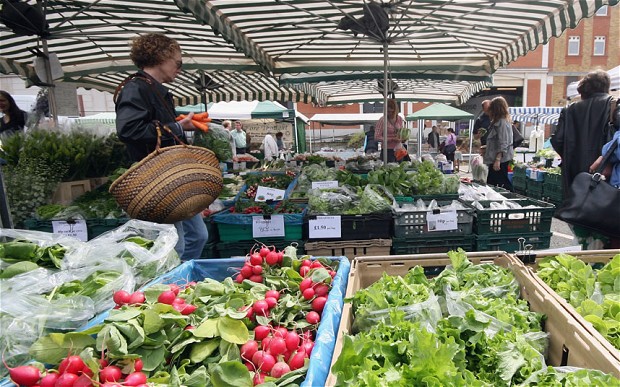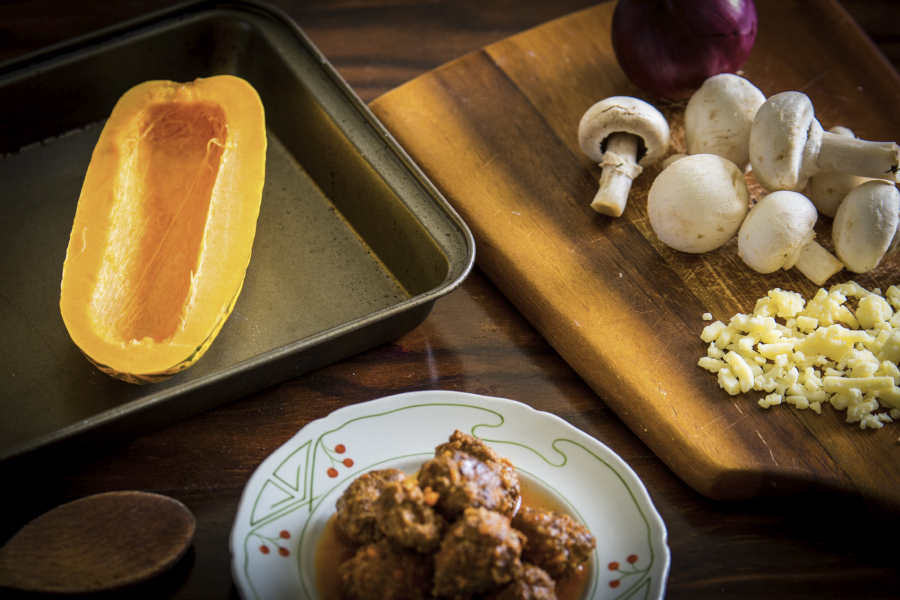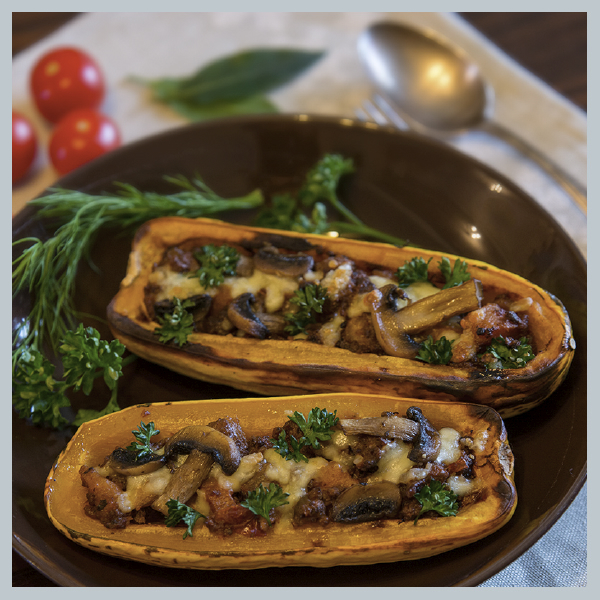Yes, you did get it, but it happened not because you were near that sick person, it happened simply because your immune system is not strong enough and couldn’t cope with this virus.
All of us encounter bacterias and microorganisms on a daily basis, thousands times a day, but some people stay healthy and some get sick. So, consider this flu as a sign from your body, telling you that you need to do something with your immune system, make it stronger, so you will not catch something next time. And you never know what you are going to catch next time, it could be worse than just a flu, so it’s better to make sure that you do you best to ensure that nothing harmful sneaks inside your body.
But first, you need to make sure that YOU don’t put any harmful stuff into your body. And you know what are the most harmful things for your immune system?
It is Sugar (which is added to literally everything now) and Processed food which full of additives, preservatives, artificial colours and flavours ( the food which you see in the shop packed in boxes, plastic wraps, cans and jars).
This is not even food anymore, it doesn’t bring any benefits to your body, it has been stripped of vitamins, minerals, and it had a long long way to go from the point it was actually a real food to the point when it reached your stomach.
So, what is the first step we need to do to make our immune system stronger? Right – we need to double check what we actually eat and probably change our diet, adding or getting rid of a thing or two ( probably more).
When you flood your body with real food, with all these nutrients, vitamins and minerals it provides, you will immediately see a change in your health. And your body!

There were times when I just walked into a supermarket and loaded my trolley with anything which I liked. I didn’t think much of it, I didn’t read the labels, I just liked the look and taste of it. And I felt really frustrated when I kept catching colds and flu every winter, but I didn’t connect it with the food I ate. The realisation came after I had my son Jake, who with his multiple food intolerances has finally opened my eyes to food, although I did have my suspicions before.
The nursery Jake attended in London ( end every school ever since) had a list of kids who were intolerant or allergic to one thing or another, and there were hardly any kids who weren’t. I have never seen that sort of list before in other countries I lived in. Honestly, it was shocking and a real eye opener! Nearly every kid of his age ( including my own son) wasn’t healthy. So, after seeing that, we decided to completely change the way we eat.

The best discovery in UK were the farmers markets. I don’t think any of us has actually been sick since we switched our food shopping from supermarket to farmers market. The food in our house now is local, seasonal and free of pesticides and it has made a dramatic difference to our health. I cannot remember when we last had a cold, and my son never catches it in school either, even being surrounded by many kids with running noses and cough.
If you live in London – there is a fantastic website where you can find all London Farmers Markets , their location on map, opening hours and list of farmers . I personally used the ones in Blackheath, Borough, Marylebone, Notting Hill and Ealing and they all are amazing.
In countryside there is no shortage of them either. Now we live in Surrey and the markets take place in different towns and villages every week.
As an example here is list of Surrey Farmers Markets , but wherever you live, I am sure you can find one nearby. And if you go there, you will not be disappointed. Quality of food, price, meeting farmers personally, making new friends, becoming loyal customers and getting lots of appreciation, discounts (and often freebies) in return! Plus a much better health as a result!
Autumn and Winter seasons at the market mean pumpkins! A lot of them, different sorts, shapes and colours.

So, today I want to share with you our favourite recipe of this yummy Roasted Squash stuffed with organic homemade meatballs (which were leftovers from previous dinner). But you are welcome to stuff it with anything you like, it can be meat, tofu, onions, mushrooms, courgettes, aubergines, peppers, greens, cooked grains — buckwheat, quinoa, rice, and you can add nuts – walnuts, almonds, pecans, hazelnuts etc.

A bit of nutrition first, so you know what you are getting.
1. Immune system.
Squash is an excellent source of carotenoids in the form of beta-carotene (immune-supportive vitamin A), the antioxidant that gives certain fruits and vegetables their bright orange pigments. It is also a very good source of vitamin C, dietary fibre, vitamin B6, manganese, and copper as well as a good source of potassium, vitamin B2, folate, vitamin K, pantothenic acid, omega-3 fatty acids, magnesium, and niacin. All of this together helps the body to boost its immune response and make squash of of the best antioxidant foods. Antioxidants are very important substances that prevent cell damage in the body by fighting free radicals. Free radicals are the dangerous byproducts of cellular metabolism, and play a massive role in inducing various illnesses, including cancer, heart disease, premature ageing etc. The amazing phytonutrient content of winter squash makes it one of the best vegetables you can eat for your immune system and overall health.
2. Anti-inflammatory function
One cup of baked winter squash will provide you with approximately 340 mg of omega-3 fats in the form of alpha-linolenic acid (ALA) which makes squash one of the best anti-inflammatory foods!
3. Managing Diabetes
Squash also provides a good amount of five B-complex vitamins – B1, B3, B6, pantothenic acid, and folate which help with your blood sugar regulation. Also its fibre content is important – Type 1 diabetics who consume high-fibre diets have lower overall blood sugar levels, while type 2 diabetics have improved blood sugar, lipids and insulin levels.
4. Cardiovascular benefits
Increased dietary fibre intakes have also been shown to lower blood pressure and cholesterol levels and enhance weight loss for obese individuals. The fibre in squash is very good at taking excess cholesterol from the walls of arteries, reducing the chances of atherosclerosis, heart attacks, and strokes.
5. Digestive Tract
Maintaining a high fibre diet also helps to prevent constipation and promote a healthy digestive tract. Fibre decreases inflammation and improves immune function, consequently decreasing the risk of inflammation-related conditions such as cardiovascular disease, diabetes, cancer, and obesity.
6. Lungs.
The risks for developing asthma are lower in people who consume a high amount of beta-carotene and also irritation that causes asthma can be greatly reduced by eating a diet high in squash. Studies have also linked vitamin A (carotenoids) to a reduction in emphysema, particularly for those people who are consistently exposed to carcinogens like cigarette smoke. There is also an important carotenoid called beta-cryptoxanthin that has been linked to a reduction in the occurrence of lung cancer so an increase in foods that contain vitamin A can be protective.
7. Eyes, Skin and Hair.
A single serving of squash can contain more than 400% of your daily requirement for vitamin A, due to the massive amounts of beta-carotene which is essential for good eye health. High levels of beta-carotene have been connected with reduced chances of macular degeneration, cataracts, glaucoma, and other vision issues. Vitamin A also plays an important role in the growth of all bodily tissues, including skin and hair. Vitamin C, which fights free radicals within the body, preventing signs of ageing like fine lines, wrinkles and pigmentation.

Roasted Squash stuffed with meatballs
Ingredients
- 1 squash, not too big
- 2 cups of filling (1 cup of meatballs and 1 cup of veggies)
- 1/2 cup shredded cheese (optional)
- 1 tsp olive oil or coconut oil
- Fresh or dried herbs or spices
Instructions
- Preheat the oven to 200°C.
- Slice the squash in half and scoop out the seeds.
- Place the squash halves cut-side-down in a baking dish and pour in enough hot water to fill the pan by about 1 cm. Place the dish in the oven.
- Roast the squash until soft and tender when poked with a fork or knife, usually it takes 30-40 minutes. Exact roasting time will depend on the size and variety of your squash.
- While the squash is roasting, prepare the filling. Depending on the size of your squash, 2 cups of combined ingredients is usually enough to fill it.
- Filling can be anything, I mixed fried onion and mushrooms with pieces of meatballs but you can use any of these - cooked meat, fish, tofu, onions, mushrooms, carrots, aubergines, courgettes, peppers, peas, greens, cooked grains — buckwheat, quinoa, rice, and you can add nuts - walnuts, almonds, pecans
- You can use some leftovers from other meals (cooked chicken, roasted vegetables, etc.) or you can prepare a fresh filling.
- Combine all the ingredients in a bowl.
- Add herbs, spices, salt, and pepper to your liking.
Stuff the squash halves
- Turn the cooked squash halves over.
- Rub the inside with a little olive or coconut oil and sprinkle with salt and pepper.
- Divide the filling between the halves.
- Sprinkle with cheese (optional).
- Bake the halves for another 10-15 minutes.
Notes
- I used meatballs left over from the previous dinner. You can use meatballs from the shop or prepare your own.

